Test Bank For Biology of Cancer 2nd Edition By Robert A.
ISBN-10 : 0815342209, ISBN-13 : 978-0815342205
Chapter 1 The Biology and Genetics of Cells and Organisms
Level 1: Comprehension of reading, knowledge of terminology
Level 2: Understanding and application of information to compare and contrast or interpretation of data
Level 3: Analysis and application of information to a problem, an experiment, a secondary concept, or previous knowledge
- In a hypothetical cross between two fruit flies, one with red eyes and one with white eyes, all resulting progeny had red eyes. This would suggest that (Level 2)
- The red-eyed trait is recessive to white eyes.
- The red-eyed trait is dominant to white eyes.
- The red-eyed and white-eyed genes are co-dominant.
- The eye color trait is most likely coded for by multiple genes.
- None of the above.
- Which of the following mutations would be MOST likely to be retained in a species gene pool? (Level 3)
- A mutation resulting in a deleterious change in a cytoskeletal protein structure
- A mutation in an exon of a gene coding for DNA repair
- A mutation in an intron of a gene coding for DNA repair
- Both A and B
- None of the above
- Many cancer cells exhibit aneuploidy, meaning that they (Level 1)
- Proliferate at higher rates than normal cells.
- Exhibit higher rates of apoptosis than normal cells.
- Have an abnormal number of chromosomes.
- Have a normal number of autosomes.
- Have mutations in genes involved in the cell cycle.
- Which of the following is NOT true of somatic mutations? (Level 2)
- They occur in non-germ-line cells.
- They can be passed on to lineal descendants of the cell that was mutated.
- They may occur at any time during an individual’s lifetime.
- They can be passed on from parent to child.
- They often play a role in cancer formation.
- Which of the following is NOT a type of post-translational modification? (Level 2)
- A change in the base sequences of DNA
- Cleavage of a protein product by proteases
- Addition of lipid groups to the protein chain
- Glycosylation
- Methylation
- The template on which ribosomes assemble the amino acids that form proteins is known as (Level 1)
- hnRNA
- messenger RNA
- ribosomal RNA
- DNA
- None of the above
- The expression of a given gene may be influenced by (Level 2)
- Activating transcription factors
- Enhancer sequences
- Histone modifications
- Changes in chromatin structure
- All of the above
- Which of the following types of changes would most likely NOT be associated with increased cancer risk? (Level 3)
- A mutation resulting in higher levels of K-Ras expression
- Reduced expression of HOTAIR lncRNA
- Loss of function of the Dicer enzyme
- A mutation in K-Ras that prevents recognition by Let-7
- None of the above
- Which of the following is true of orthologous genes? (Level 1)
- They are genes in different species that evolved from a common ancestor.
- They code for proteins having different functions.
- They are genes located on the same chromosome.
- They are related genes within the same species.
- All of the above.
- The discovery of which of the following enzymes allowed researchers to synthesize complementary DNA from mRNA in vitro? (Level 1)

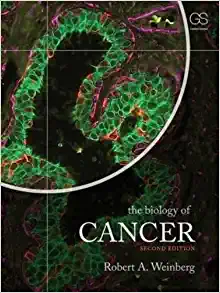

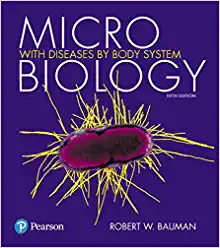
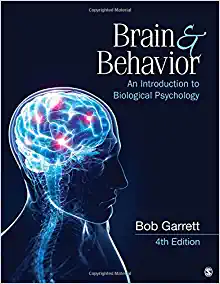

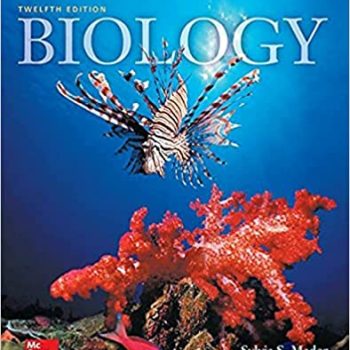
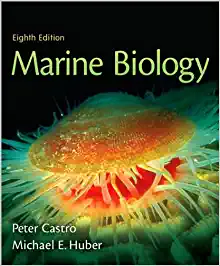

Reviews
There are no reviews yet.